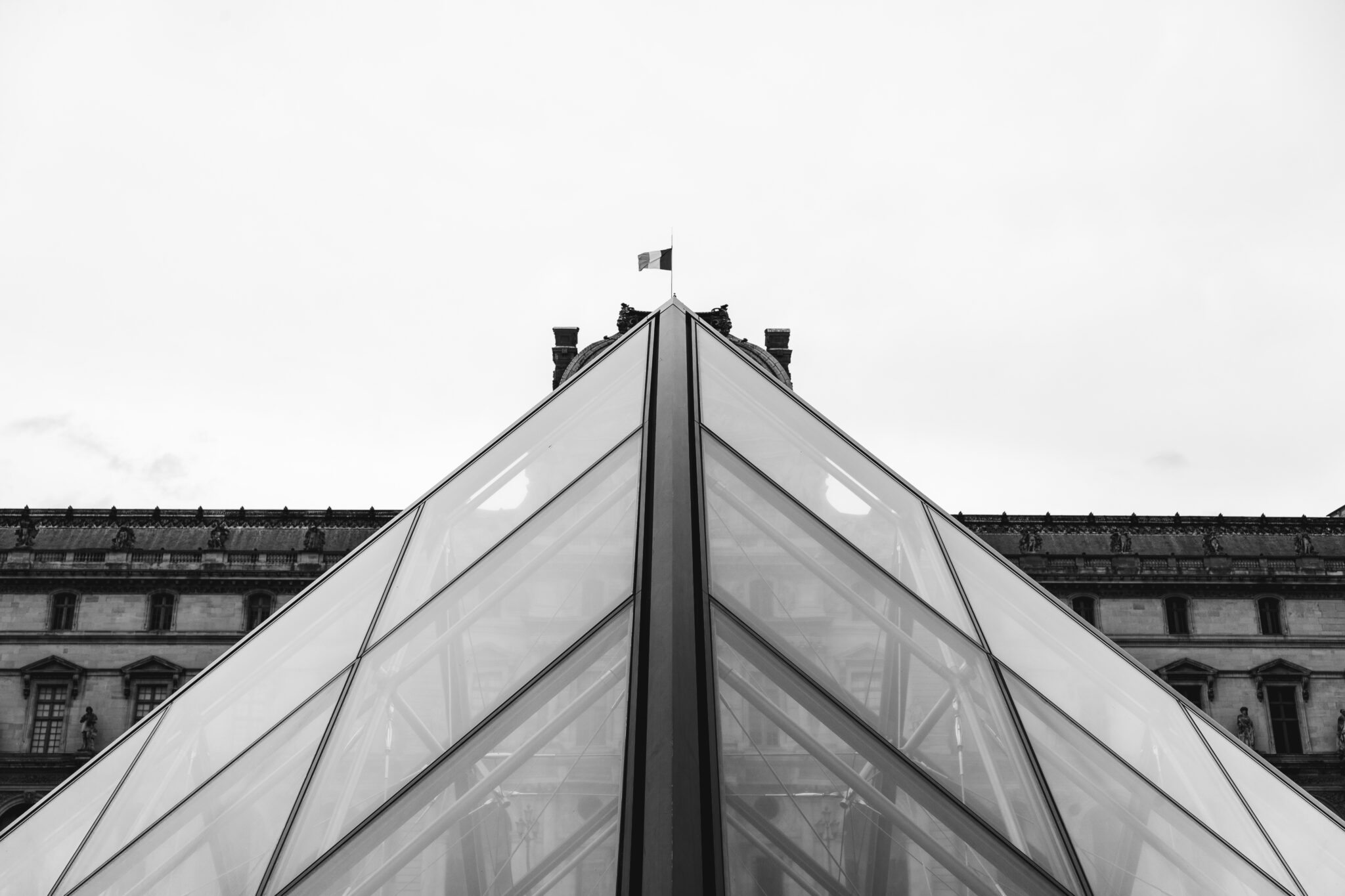The most valuable asset you have is your employees. We have known it for a long time: nothing works without motivated, satisfied, and healthy employees. There are many reasons why this fact is becoming increasingly important. Younger generations are self-confident and stand up for what is important to them. The shortage of skilled workers means jobseekers have a choice and can take a very close look at what they are offered in the workplace. And the pandemic years have played a key role in changing our relationship with work. Flexible working conditions are now largely standard.
While professional incentives have primarily focused on career prospects and financial incentives, recent studies have found that the most valuable benefits companies can offer contribute to improving employees’ mental health. New rules are therefore needed to attract and retain employees. Many companies now provide corporate benefits such as gym memberships, in-house sports facilities, or relaxation rooms.
In the retail sector, store design is a very worthwhile aspect that is usually not on the agenda of HR staff or management. The right store design can influence employees’ mental health and thus improve their well-being, motivation, performance, and satisfaction. Anything good for your sales staff will also ensure a positive customer shopping experience. This includes, for example…
- Natural lighting and optimum ventilation are basic requirements
- Friendly color schemes to create a positive atmosphere
- Ergonomically designed furniture, such as seating, shelves, drawers, and changing rooms
- The right music that fits the store concept and is relaxing or invigorating
One of the hottest trends in architecture is the biophilic approach. Biophilia is the “love of living things.” Biophilic design can be expressed in the design of rooms, buildings, and products by integrating natural elements such as plants, (sun)light, air, water or wood, and smells to promote people’s well-being. Natural shapes and patterns also play an essential role. Beautiful examples are green roofs and facades. Dynamic and diffuse lighting uses different intensities of light and shadow that change over time to create conditions like those found in nature. These design elements have been proven to lead to better health, improved productivity, increased employee engagement, fewer days of absence, and promoted mental regeneration.
I am aware that a store conversion means a considerable investment. However, light conversions and smaller refresh solutions are enough to achieve the goal. For example, place a water fountain in the store that ripples softly or a chirping box in the changing room. Exotic plants are real eye-catchers and immediately make us think of adventure and vacations. Or focus on natural materials and elements that reflect the local ecology or geology to create a strong sense of place. Coordinate all measures so that they match your offer and your target group.
According to the “Store Monitor 2023” study by HDI, many retailers are increasingly turning to the recycling and reuse of store fittings or refurbishment solutions based on existing, highly modular concept and furnishing modules. This not only saves you money but is also sustainable. Your employees and customers will undoubtedly appreciate it.
